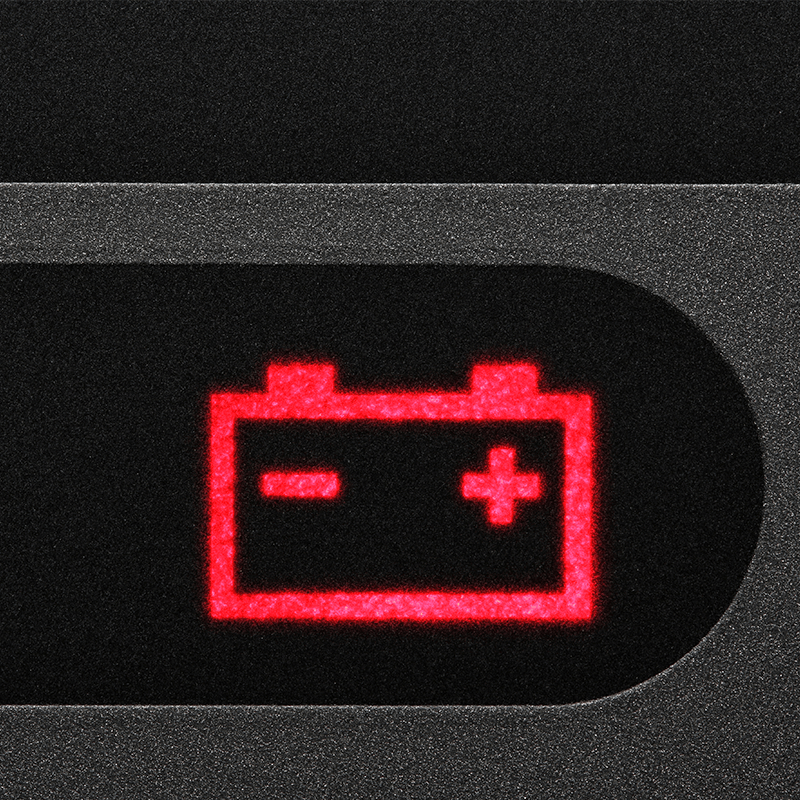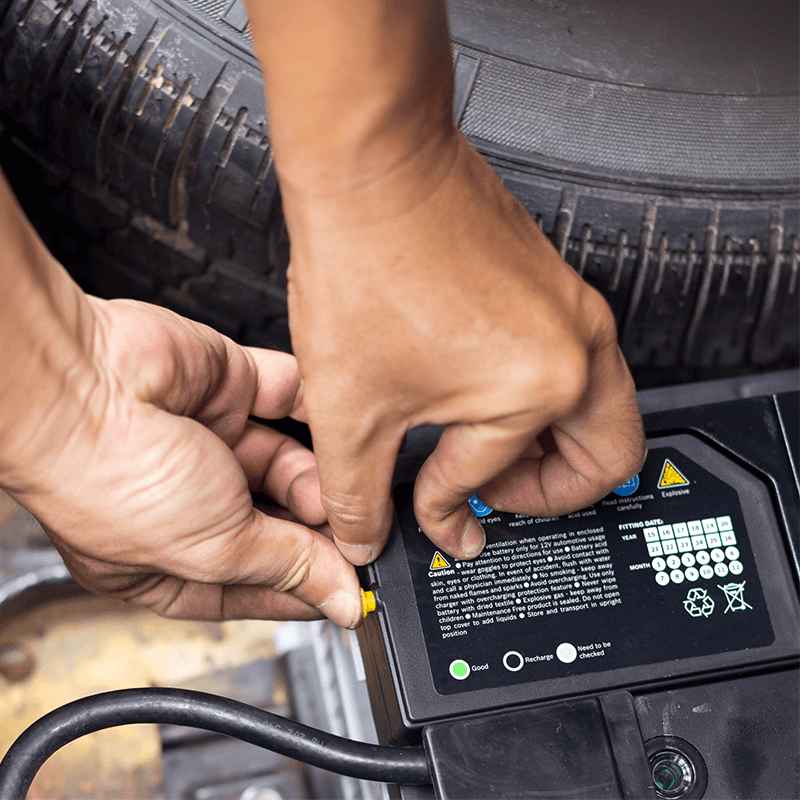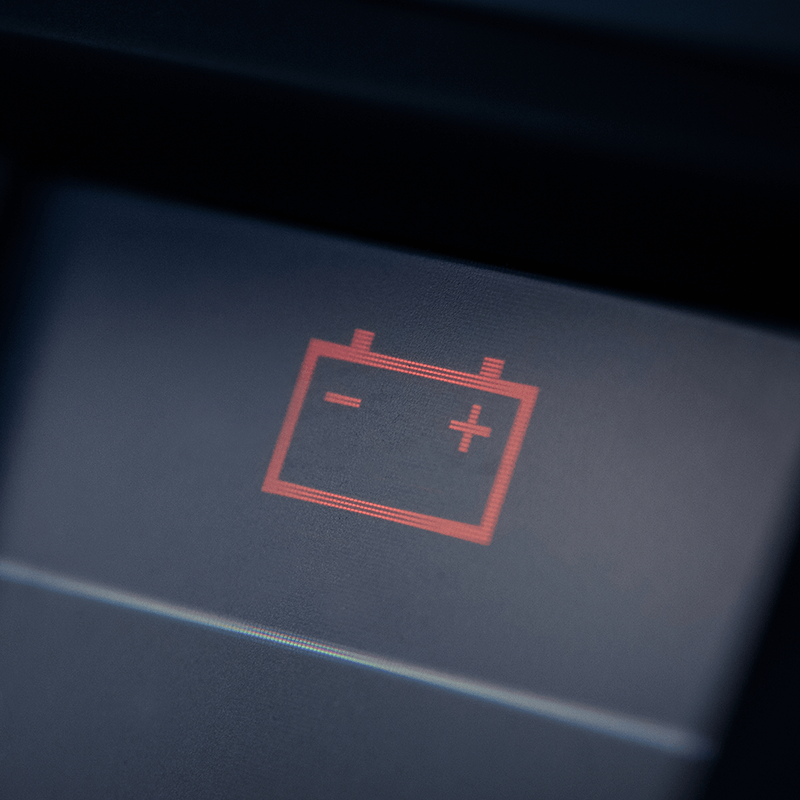When the car battery light comes on, it can be alarming. Drivers often panic. They think there’s a serious problem with their vehicle. However, the car battery light serves an essential purpose. It alerts the driver to potential issues with the battery or charging system. Understanding what this warning light means can help you respond correctly and keep your car running smoothly.
What Does the Car Battery Light Indicate?
The Basics of Your Car’s Electrical System
The car’s electrical system is complex. It consists of the battery, alternator, and various electrical components. The battery stores electrical energy. It provides power to start the engine and run the electrical systems. The alternator charges the battery. It ensures that the battery has enough power to start the car and operate its functions. When everything is functioning properly, the car runs smoothly.
When the battery light illuminates, it indicates a problem in this system. It doesn’t always mean the battery itself is faulty. Sometimes, it can be related to the alternator or other components. Understanding these components and their roles can help you identify the source of the problem.
Types of Battery Light Variations
There are different reasons for the battery light to appear. Familiarizing yourself with these can guide your response:
- Solid Battery Light: This usually means there’s a problem with charging. The alternator may not be generating enough power to recharge the battery.
- Flashing Battery Light: This can be more serious. It may indicate that the battery is losing charge or that a critical component has failed.
- Other Warning Lights: Sometimes, the battery light can appear alongside other warnings. This combination often indicates a more significant issue, such as a failing alternator or electrical short.
Recognizing these variations helps in diagnosing the issue quickly.
Common Reasons for the Battery Light to Turn On
Failing Alternator
The alternator is crucial for charging the battery. If it fails, the battery cannot recharge. This can lead to a drained battery. When the alternator is malfunctioning, it often produces a distinct whining noise. Drivers may also notice flickering dashboard lights or dim headlights. These signs indicate that the alternator isn’t working correctly. Ignoring this can lead to a dead battery and ultimately leave you stranded.
Battery Age and Condition
Batteries don’t last forever. As they age, their ability to hold a charge diminishes. Most car batteries last between three to five years. If your battery is older than that, it may be time to replace it. A failing battery often presents issues like slow engine cranking or electrical system problems. When the battery is the culprit, the warning light may illuminate, signaling that it needs attention.
Electrical Issues
Sometimes the battery light may indicate electrical system problems. This could involve wiring issues or blown fuses. Corroded terminals can also lead to charging issues. If the cables connecting the battery to the alternator are loose or damaged, the system may fail to charge properly. Regularly checking the wiring and connections can help prevent these problems from escalating.
Steps to Take When the Battery Light Comes On
Pull Over Safely
When you see the battery light turn on, it’s essential to stay calm. First, find a safe place to pull over. Continuing to drive can exacerbate the problem and may lead to a complete breakdown. Once parked, turn off the engine. This gives you a moment to assess the situation further.
Inspect the Engine Compartment
After stopping, pop the hood and take a look. Check for any visual signs of problems. Look for frayed wiring, loose connections, or corrosion on the battery terminals. If you see any issues, attending to them may resolve the warning light. However, don’t attempt any repairs unless you’re comfortable doing so.
Check Battery and Alternator Status
If you have a multimeter, you can check the battery’s voltage. A healthy battery typically measures between 12.6 and 12.9 volts when the engine is off. If it’s significantly lower, the battery may need replacement. If possible, also check the alternator output. When the engine is running, the voltage should read around 13.7 to 14.7 volts. If it’s outside this range, the alternator may need to be serviced.
Seeking Professional Help
When to Call for Assistance
If you’ve assessed the situation but can’t find the solution, it’s time to call for help. You might need a jump start if the battery is dead. However, if the battery is relatively new or still has a charge, there may be an underlying issue needing attention. It’s better to call for roadside assistance than risk driving when uncertain about the problem.
Visiting a Mechanic
Once you reach the mechanic, they can perform a diagnostic test. This process checks both the battery and the alternator. Mechanics often have specialized tools and experience that can quickly identify the issue. They can also check for any electrical issues you may not have been aware of. Getting a professional opinion is essential for your safety and the longevity of your vehicle.
Preventative Measures for Battery Health
Regular Maintenance
One of the best ways to ensure your battery remains in good health is regular maintenance. Schedule periodic check-ups for your vehicle. Many mechanics offer battery testing as part of routine service. Keeping connections clean and free from corrosion is essential. Using dielectric grease on battery terminals can help reduce future corrosion.
Understand Driving Habits
Your driving habits can affect your battery life. Frequent short trips put extra strain on your battery. It may not have enough time to recharge fully. If you often make short trips, consider taking longer drives occasionally. This allows the alternator to charge the battery effectively.
Invest in Quality Components
Choosing high-quality batteries and alternators can save you trouble down the road. Cheaper options may save you money initially but can lead to failures more quickly. Investing in reputable brands ensures you get the reliability you need for everyday driving.
The Importance of Battery Light Awareness
Staying Informed
Understanding the meanings behind the battery light is crucial. Awareness leads to quicker and more effective responses to potential issues. Regularly informing yourself about your vehicle’s systems will aid in your safety on the road. This knowledge can empower you to make informed decisions about your car’s care.
Sharing Knowledge with Others
Take the time to share your understanding with friends and family. Helping others recognize the significance of the battery light can prevent breakdowns. You can also encourage them to schedule regular maintenance, ensuring their vehicles remain in top shape.
Conclusion: Being Proactive
The car battery light is a warning system designed to keep you informed. When it lights up, don’t ignore it. Approach the situation calmly and methodically. Identify possible issues, seek professional help, and take preventative measures. By understanding the battery light’s significance, you can ensure the longevity of your vehicle and your safety on the road. Always be proactive, and keep your vehicle in the best condition possible for a smoother, worry-free ride.
Final Thoughts
Failure to address battery-related issues promptly can lead to more significant problems down the road. You may end up needing a costly repair or, worse, becoming stranded. By learning how to interpret the battery light and taking appropriate actions, you empower yourself on the road. Remember to keep your vehicle well-maintained and educate others about this vital aspect of car safety. Knowledge is your best defense against potential automotive problems.



